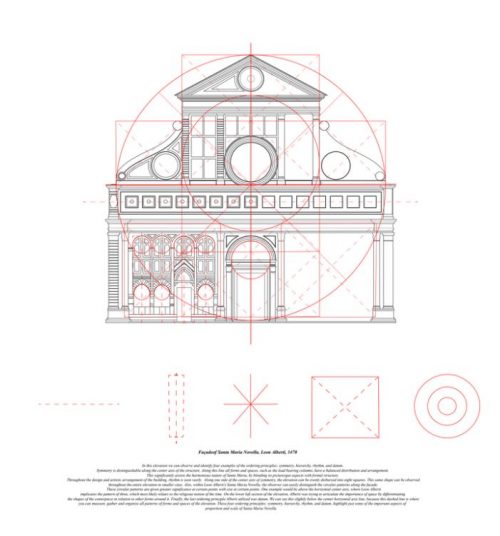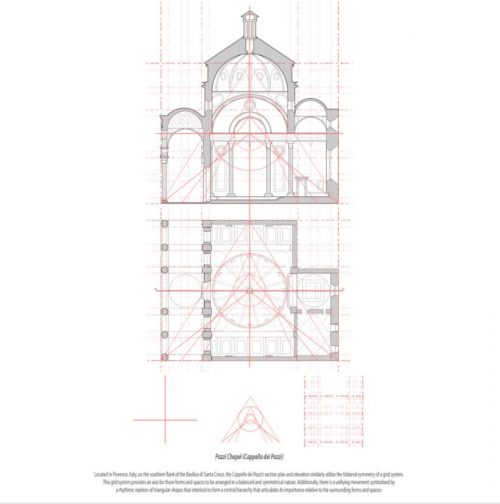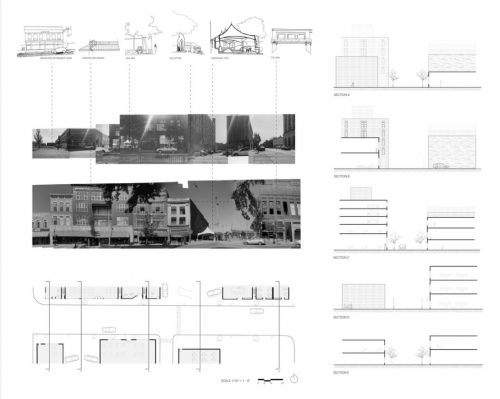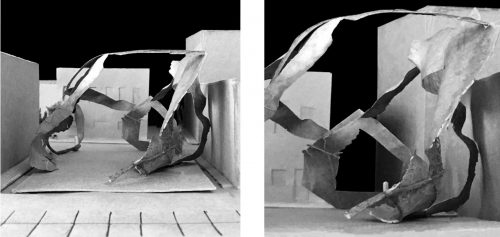ARCH 273: Strategies for Architectural Design
Andrea Melgarejo de Berry, Fall 2020
"Strategies for Architectural Design" seeks to familiarize students with architectural principles at the scales of the building, neighborhood and city. It introduces site specific design by understanding the importance of context in relationship to human scale and the built environment. Special attention will be given to the principles of contemporary urbanism, relating different scales of design.
The course introduces concept design development and the principles necessary to visualize, analyze and graphically represent complex compositions. There is an emphasis in hand drawing as a practice, the importance of good communication, and visual representation.
In the first module, students investigate formal, spatial, and contextual characteristics of relevant architecture dating between the 14th and 15th century. In the second, students evaluate a given local site in Champaign, Illinois at the neighborhood scale. In the third, students develop a knowledge of concept generation through material explorations in “heaviness” and “lightness.” Finally, in the fourth module, students revisit all the concepts learned throughout the semester and attempt to manifest an all-encompassing design related to composition, space, and form. The intention of this final project is to introduce the idea of “scale and site” within architectural design and have students speculate and implement ideas about inhabiting and moving through space(s).

Isaiah Pierce

Srivishnu Rao

Michael Castillo

Andreas Guevara Nadau

Kamila Czyszczon

Shravan Arun

August Fuelberth

Afifa Chaudhry

August Fuelberth
